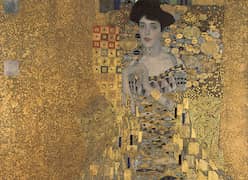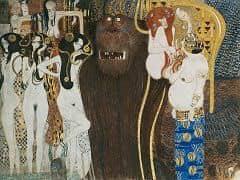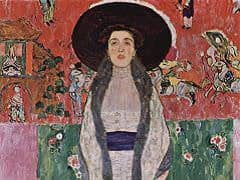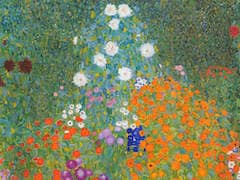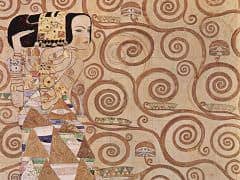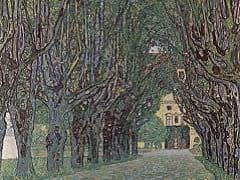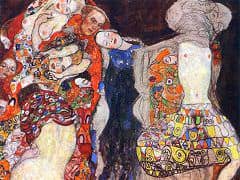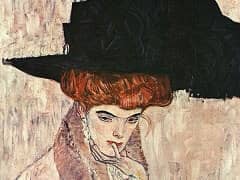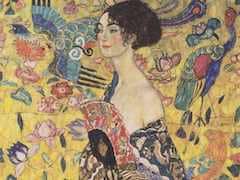The Three Ages of Woman, 1905 by Gustav Klimt
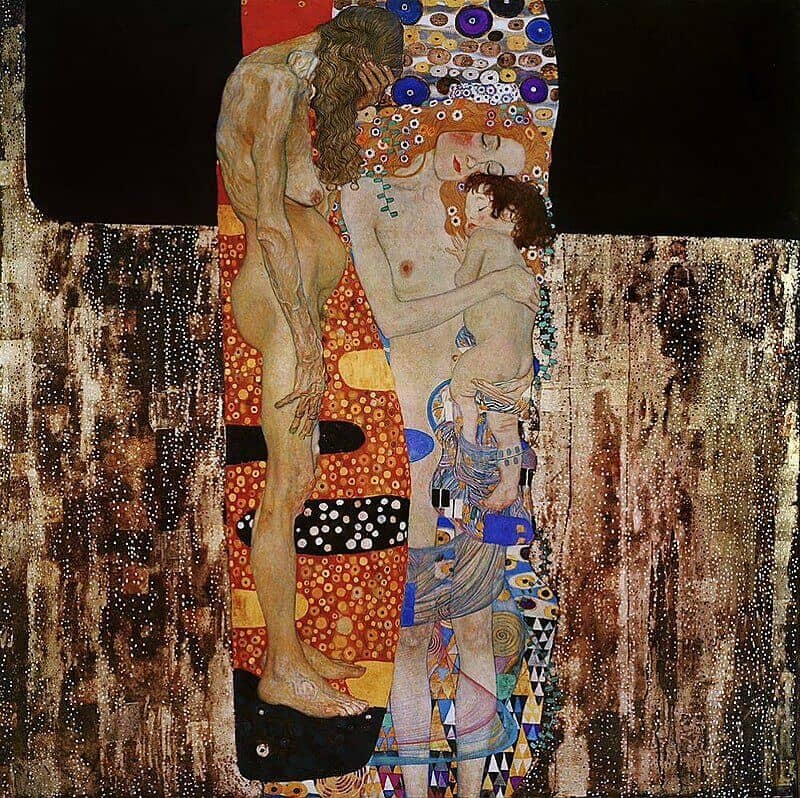
Bought in 1912 by the Galleria Nazionale d'Arte Moderna in Rome, The Three Ages of Women had won the gold medal in 1911 International Exhibition, also held in rome.
The painting is an example of Klimt's symbolic and allegorial works. He continued to paint such images right until his death in 1918.
The painting show a little girl in the protecting arms of a young woman, while beside them an old woman stands with bowed head. The aged crone is symbolic of the passage of time.
The figure of the old woman is based on a sculpture by Auguste rodin (1840 - 1917), called The Old Courtesan
also known as 'She who was once the Helmet-Maker's Beautiful Wife', which was exhibited in Vienna in 1901 as part of the ninth Secession exhibition. The show, devoted the works of Rodin,
the painter Giovanni Segantini, and Klinger, had a lasting effect on Klimt, who was delighted when he was able to meet Rodin the following year during the sculptor's visit to Vienna.
Rodin saw and praised the Beetjpvem Froeze; the admiration was mutual.
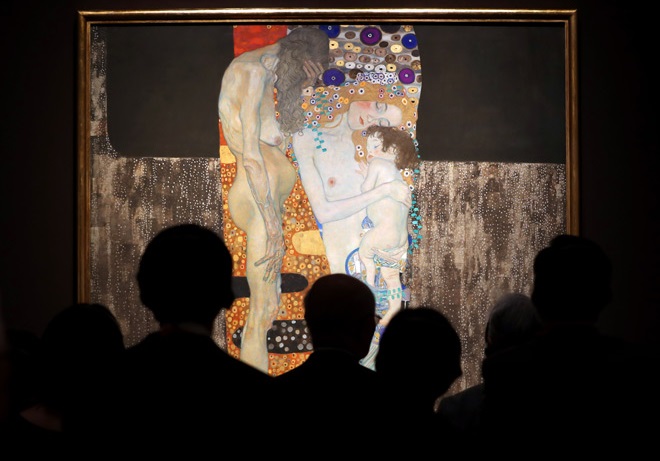
The black background is unusual in Klimt's work up to this date. Another painting, called Death and life, which was begun three years later in 1908, started out with a gold background. However, Klimt was not happy with it and substituted a blue-black background in 1911. Most of his later symbolic works share these dark grounds, in sharp contrast to the continued brightly coloured decoration of the figures themselves.



